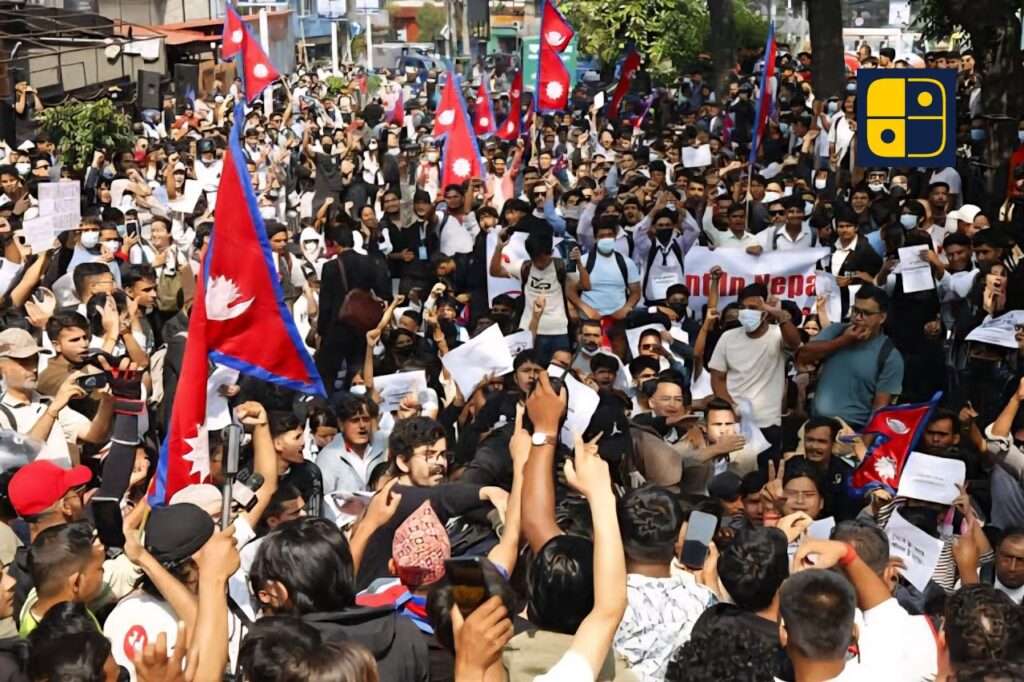From Monarchy to Republic: Nepal’s Democratic Awakening
Nepal’s political saga, rooted in centuries of Shah dynasty and Rana oligarchic rule, saw power concentrated among elites until the 1950s. King Tribhuvan’s 1951 revolution introduced quasi-constitutional governance, but monarchs like Mahendra stifled democracy by dissolving parliament. The 1990 Jana Andolan I, led by Nepali Congress and leftists, secured a constitutional monarchy. Yet, socioeconomic disparities sparked the 1996-2006 Maoist insurgency, claiming 17,000 lives. The 2006 Jana Andolan II, driven by figures like Prachanda, Baburam Bhattarai, and Girija Prasad Koirala, forced King Gyanendra’s 2005 power grab to collapse. On May 28, 2008, the Constituent Assembly abolished the 240-year monarchy, birthing a federal democratic republic, a seismic shift from autocratic rule to pluralism marred by ongoing instability.
Revolving Regimes: Nepal’s Unstable Republic and Transformation
Since the 2008 monarchy abolition, Nepal’s republic has endured 14 governments by 2025, none lasting a full term due to coalition fragility. Prachanda’s 2008-2009 tenure prioritized Maoist integration and constitutional drafting but faltered amid disputes. Leaders like Madhav Kumar Nepal (2009-2011) and Jhala Nath Khanal (2011) tackled post-war recovery, while Baburam Bhattarai (2011-2013) pushed hydropower but faced economic criticism. Sher Bahadur Deuba’s multiple terms (2017-2023) focused on foreign investment and COVID-19 recovery, yet infighting persisted. KP Sharma Oli (2015-2021, 2024-2025) drove nationalism, border disputes with India, and China’s Belt and Road projects, increasing connectivity but doubling debt to 42% of GDP. The 2015 constitution birthed a secular federal republic with provincial autonomy and inclusive quotas, yet corruption, 4% GDP growth, and 500,000 annual youth emigrants eroded trust, fueling public discontent.
Boiling Point: Nepal’s Fury Over Corruption and Censorship
Public anger in Nepal, fueled by systemic corruption, nepotism, and economic inequality, reached a breaking point by 2025. Ranked 107th on Transparency International’s Corruption Perceptions Index, Nepal struggles with unchecked graft in procurement and foreign aid, with unprosecuted scandals like hydropower embezzlement and COVID-19 fund misuse. Elite families monopolize politics and jobs, driving 11-12% youth unemployment and forcing reliance on remittances (25% of GDP) amid scarce opportunities. The September 4, 2025, ban on 26 social media platforms, seen as censorship to stifle dissent, ignited accusations of authoritarianism. This misstep, against a backdrop of entrenched oligarchy and 40% wealth concentration, shifted public faith from reformist promises to perceptions of democratic erosion, sparking widespread unrest.
Streets in Flames: Nepal’s Violent Protests of September 2025
From September 4, 2025, Nepal spiraled into chaos as a social media ban triggered Gen Z-led protests in Kathmandu, escalating nationwide by September 5-7 with demands for anti-corruption reforms. On September 8, clashes with police killed 19 and injured over 350, as demonstrators torched parliament, the Supreme Court, and homes of politicians, including that of former PM Jhala Nath Khanal, where his wife died. Prime Minister KP Sharma Oli resigned on September 9 amid mounting unrest, yet protests persisted, disrupting the international airport and prompting curfews. By September 10, army patrols restored fragile calm in Kathmandu, but with 22 deaths and politicians fleeing by helicopter, protesters vowed to continue until systemic change is achieved.
Gen Z’s Revolt: Fueling Nepal’s Fight for a New Future
Nepal’s Gen Z, over 40% of the population, is driving the 2025 protests, sparked by the September 4 social media ban that stifled a digitally connected generation (70% platform users). Demanding mass resignations, transparent elections, job quotas, anti-nepotism laws, and economic reforms to curb 12% youth unemployment and migration, they seek a “new Nepal” free of caste biases. Systemic corruption, like “Nepo Kids” scandals, sidelines 500,000 graduates, while wealth inequality (Gini 0.33), 18% poverty, and $10 billion debt deepen frustration with unfulfilled post-2008 democratic promises. Inspired by Bangladesh’s 2024 uprising, Gen Z coordinates via social media, led by figures like Kathmandu Mayor Balen Shah, a 35-year-old independent elected in 2022, whose anti-corruption stance and bold moves, like banning Indian films over border disputes, position him as a potential interim leader. Activist Sudan Gurung amplifies accountability calls. The army, under General Ashok Raj Sigdel, deployed on September 9 for curfews, avoids clashes, urging dialogue to prevent escalation in a nation wary of military overreach. This revolt, rooted in neoliberal failures and climate-driven divides, marks a generational push against structural decay for a reimagined, equitable Nepal.
Looking Ahead: Nepal’s Crossroads of Reform or Ruin
Nepal stands at a pivotal crossroads. Its tumultuous history from Rana autocracy to monarchy, democracy, insurgency, and republic has been shaped by public uprising and elite resistance. The current Gen Z uprising reflects deep-seated frustration with entrenched corruption, exclusion, and economic stagnation. Yet it also signals a generational reclamation of politics, one demanding accountability, equity, and dignity. The resignation of PM Oli and the reversal of the social media ban are not just tactical retreats, but potential inflection points in Nepal’s democratic story. Whether the nation enacts systemic reform and rebuilds political trust depends on Gen Z’s institutionalisation, civil-military boundaries, and international support. If guided wisely, Nepal could emerge more resilient, equitable, and responsive fulfilling the promise kindled in 1951 and consolidated in 2008.

